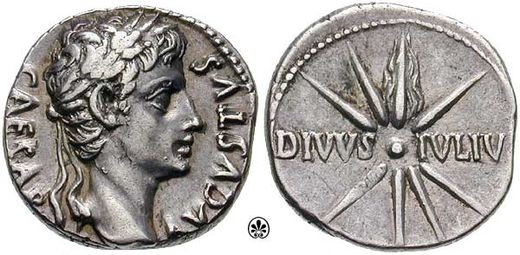Caesar’s Comet
Caesar’s Comet (also Sidus Iulium (“Julian Star”); Caesaris astrum (“Star of Caesar”); Comet Caesar; the Great Comet of 44 BC; numerical designation C/-43 K1) was a seven-day cometary outburst seen in July 44 BC. It was interpreted by Romans as a sign of the deification of recently assassinated dictator, Julius Caesar (100–44 BC). It was perhaps the most famous comet of antiquity.
Based on two sketchy reports from China (May 30) and Rome (July 23), an infinite number of orbit determinations can fit the observations, but a retrograde orbit is inferred based on available notes. The comet approached Earth both inbound in mid-May and outbound in early August. It came to perihelion (closest approach to the Sun) on May 25, −43 at a solar dist… Continue Reading (6 minute read)
Tengo una pieza de esas